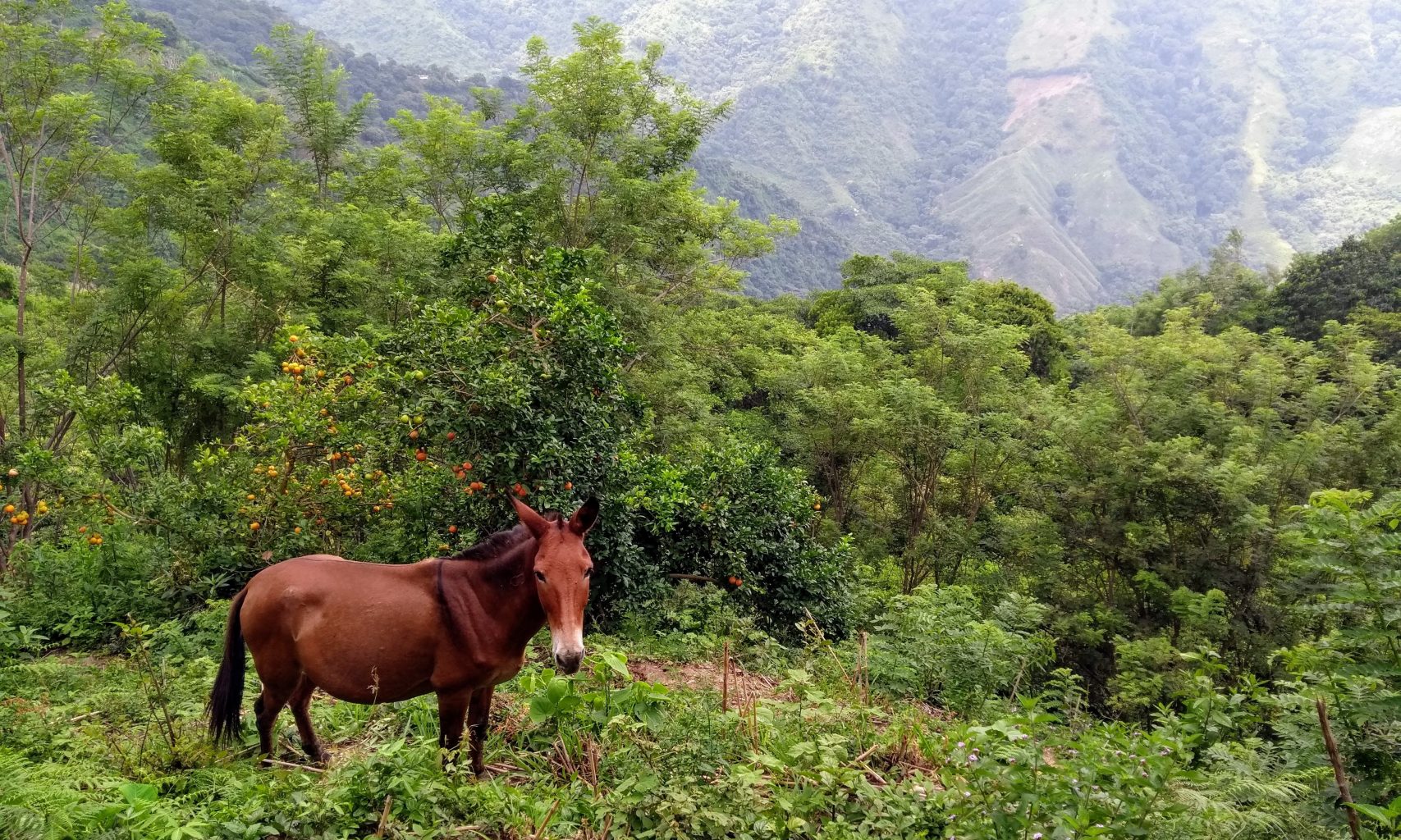Voices from the borderlands 2020 is one of several Drugs & (dis)order outputs that aim to shed light on the experiences and perspectives of people involved in illicit drugs in seven borderland regions of Colombia, Afghanistan and Myanmar.
It is intended for a broad audience of researchers, practitioners and policymakers working on issues related to drugs, development and peacebuilding.
Of course, the ‘voices’ from the borderlands are neither homogenous nor harmonious. Rather, our research has revealed a cacophony of often discordant voices that vary across a range of markers of identity (age, ethnicity, gender, religion etc.); activities (licit and illicit, drug producers, consumers, traffickers, elite or subaltern); location (provincial capital, border districts, poor hinterlands, trafficking hubs), and so forth.
Clearly this leads to questions about which voices to prioritise. Producing this publication has involved the curation of a vast and complex range of material. More broadly, the ‘production’ of ‘evidence’ is an imperfect and politicised process – from decisions about what ‘data’ to collect, to how it is analysed, written about and shared.
We believe it is important to be transparent and open about the nature of this process. We do not pretend to be totally impartial, nor do we claim to represent all voices. Our research does not capture the perspectives and experiences of people from all ethnicities, for example. We have struggled, particularly in Afghanistan, to ensure equal access to women’s and men’s voices.
Nevertheless, we have made a conscious effort to highlight the narratives of ‘ordinary’ people such as coca farmers and pickers, cross-border transporters and traders, people who use drugs and their family members – rather than political and economic elites.
In so doing, we aim to share locally grounded insights into the kinds of ‘peace’ and ‘development’ that are being produced or resisted at the margins of the state in Afghanistan, Colombia and Myanmar, and the ways illicit drug economies become entangled with people’s everyday lives.
Our research teams in each country selected key messages using three main criteria. First, the key messages are drawn directly from the Drugs & (dis)order research. This involved hundreds of interviews conducted in 2018 and 2019.
Second, they represent recurring issues emphasised by people from the borderland research sites. Third, these recurring issues offer, in our view, some surprising, counter-intuitive and/or policy-relevant content. Each country section contains further details about the key message selection process and the research on which the key messages are based.
We hope that this publication provides an accurate, honest and qualitatively different representation of people’s lives of struggle, adversity and, occasionally, triumph in the borderlands.

